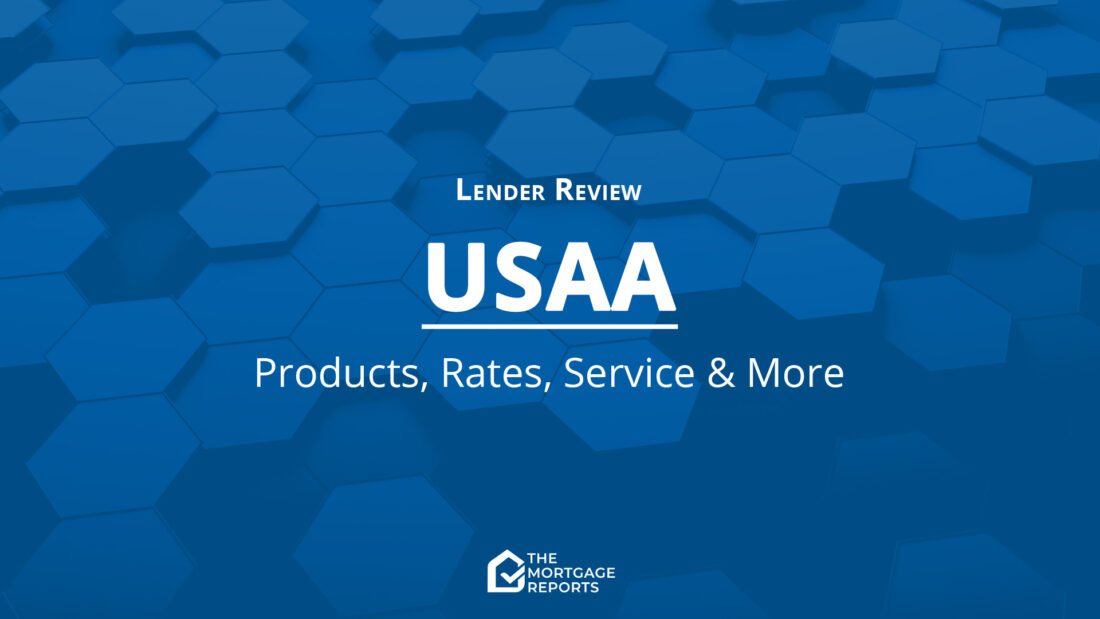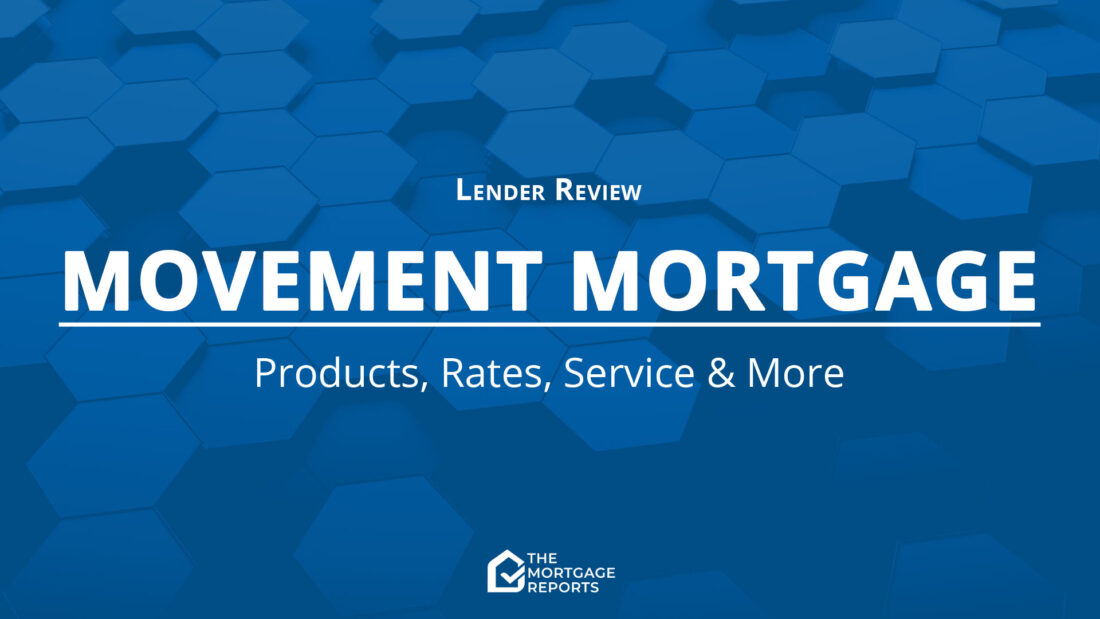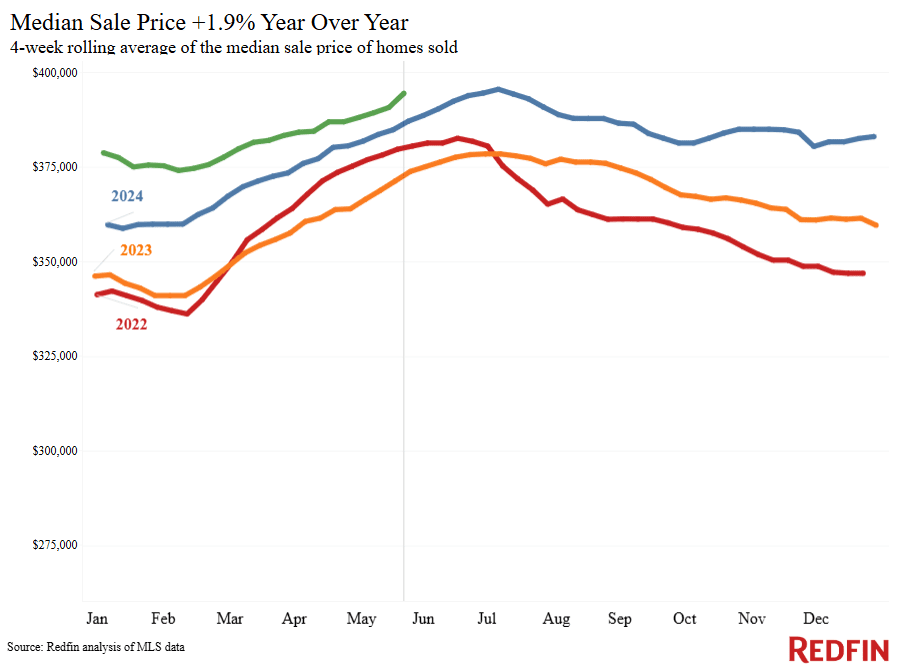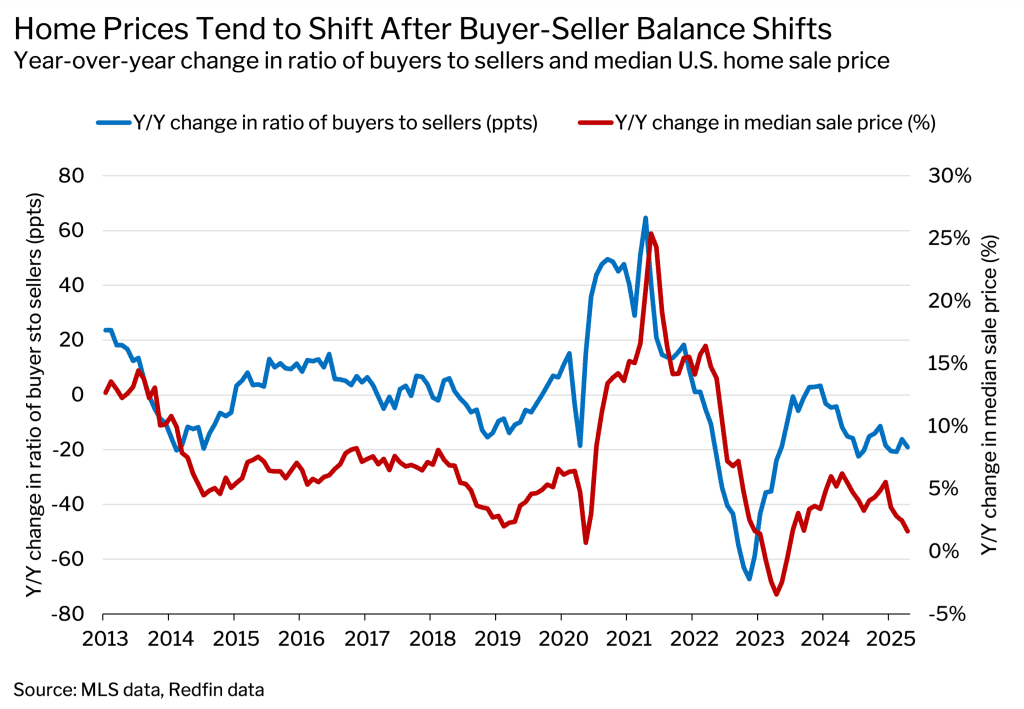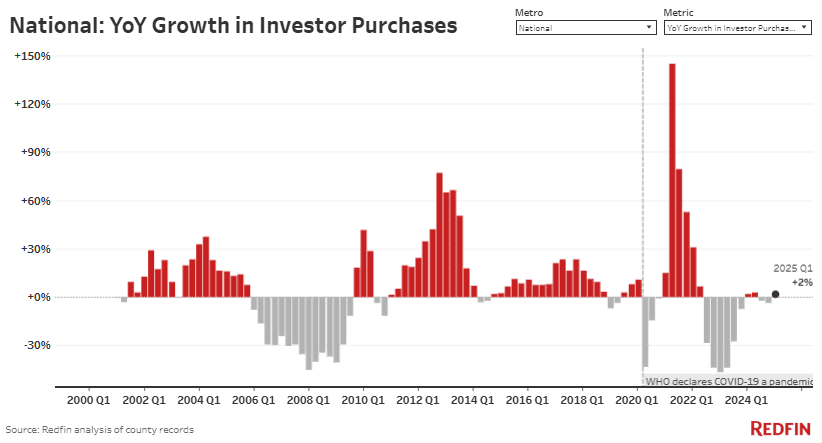Pros and cons of USAA Mortgage USAA Mortgage Pros: Doesn’t charge an origination fee on VA loans Offers competitive mortgage rates Provides the Fannie Mae HomeReady program for first-time home buyers Gives borrowers repayment options, including 10-, 15-, 20-, and 30-year terms Serves all 50 states and supports online applications USAA Mortgage Cons: Only available to military members, veterans, and their eligible family members Does not offer FHA loans or USDA loans Website does not provide personalized rate estimates Customer satisfaction ratings are lower than average USAA mortgage interest rates USAA mortgage rates in 2025 are competitive and tend to fall below the national average, especially for VA loans. The lender publishes sample rates on its website for both home purchases and refinances, which gives you a general idea of pricing. However, you can’t customize these rates based on your credit score, location, or down payment amount. You’ll need to …
Movement Mortgage Review for 2025: Rates, Loan Options and Customer Feedback
Pros and cons of Movement Mortgage Movement Mortgage Pros: Average closing time is under 25 days, quicker than the national average. Possible loan approval within six hours after applying. Offers down payment and closing cost assistance for FHA loans. Shares profits through the Movement Foundation to support charitable causes. Provides a highly-rated mobile app. Movement Mortgage Cons: Does not post mortgage rates online; you must call for rate quotes No online chat option for customer service Lacks transparency on origination fees on its website Movement Boost is unavailable in New York Some borrowers report occasional closing delays and communication gaps Movement Mortgage interest rates Movement mortgage rates are generally competitive and frequently lower than the national average. However, since they don’t post interest rates online, you need to speak with a loan officer or apply online for a personalized quote. We used HDMA Act data to gather average rates for …
High Housing Costs Are Keeping Homebuyers at Bay–But Price Relief Is in Sight
The median monthly U.S. mortgage payment is just $25 shy of its record high, sidelining would-be buyers. But the tide is turning for buyers: Redfin economists expect home prices to decline by the end of the year, and a surplus of listings is motivating sellers to negotiate. The median monthly mortgage payment nationwide was $2,860 during the four weeks ending May 25, up 3.6% year over year and just $25 shy of the all-time high. Housing payments are high for two reasons: The weekly average mortgage rate is 6.86%, the highest level in three months, and the median U.S. home-sale price is up 1.9% year over year. High costs, along with widespread economic uncertainty, are keeping would-be homebuyers at bay. Pending home sales are down 1.7% from a year ago, and Redfin’s Homebuyer Demand Index–a measure of tours and other buying services from Redfin agents–is essentially flat from a month …
The U.S. Housing Market Has Nearly 500,000 More Sellers Than Buyers—the Most on Record. That Will Likely Cause Home Prices to Fall
There are 34% more sellers in the market than buyers. At no other point in records dating back to 2013 have sellers outnumbered buyers this much. In other words, it’s a buyer’s market. Redfin expects home prices to drop 1% by the end of the year as a result. Prospective buyers may see their purchasing power increase, and prospective sellers should consider selling sooner rather than later. 31 of the top 50 metros are buyer’s markets. The strongest buyer’s market is Miami, where sellers outnumber buyers roughly 3 to 1. The strongest seller’s market is Newark, and the most balanced market is St. Louis. The condo market heavily favors buyers; there are 83% more condo sellers than buyers. By comparison, there are 28% more sellers than buyers in the single-family-home market. There are an estimated 1.9 million home sellers in the U.S. housing market and an estimated 1.5 million homebuyers. …
Which Online Mortgage Marketplace Is Right for You? | 2025 Review
Find competitive rates and lenders with a mortgage comparison site Buying a home or refinancing your mortgage is one of the biggest financial decisions you’ll make, and the difference in interest rates can mean thousands of dollars over time. That’s why comparing offers from multiple lenders isn’t just smart; it’s essential. Mortgage marketplaces make this easier by letting you view prequalified rates from top lenders side by side, all in one place. Whether you’re a first-time home buyer or refinancing to lower your monthly payment, the mortgage comparison sites in our list can help you find the right loan faster and feel confident you’re getting a great deal. Get matched with multiple mortgage lenders. Start here In this article (Skip to…) Why use a mortgage marketplace? A mortgage marketplace brings together loan offers from different lenders in one spot, so you don’t have to fill out dozens of applications. You …
The Difference Between Parcel Data, Deed Data, and Tax Data: What You Need to Know
Parcel, deed, and tax assessor data — what’s the difference between them, and which type of data do you need? If you are a real estate agent, how can parcel data improve your client experience or increase traffic to your website? If you are a marketer, what value added is deed or tax data to your marketing efforts? It’s worthwhile understanding parcel vs. deed vs. tax data, the different data points they include, and the role they can play in your business strategy. ATTOM offers all three of these valuable resources. Your needs may be met by one of them, or you may need all three. Here’s a breakdown of what you need to know about these similar but different real estate data types. What Is Parcel Data? Parcels, or property boundaries, can be defined as a shape or polygon and displayed on a map. These mapped areas comprise parcel …
Investor Purchases of Condos Fall to Lowest Level in 10 Years, Aside From Start of Pandemic
Investor purchases of U.S. homes rose 2% year over year in the first quarter. Investor activity has been fairly stable for the past two years, after the wild up-and-down swings of the pandemic era. Investor purchases of condos fell 3% year over year to the lowest level in 10 years, aside from Q2 2020. That’s driven largely by investors retreating from Florida. Investor market share is holding steady at around 19% of total U.S. home sales Investors are buying more high-priced homes and fewer low-priced homes U.S. real estate investors purchased 46,726 homes in the first quarter, up 2% year over year. Investor purchases have been relatively stable for the last year, increasing or decreasing by 4% or less each quarter. This is based on a Redfin analysis of county-level home purchase records across 39 of the most populous U.S. metropolitan areas going back through 2000. We define an investor …
The War on Landlords
The War on Landlords From Covid eviction bans to tenant-slanted laws, property owners are under financial siege. Here’s what Trump can do about it. by Steven Malanga One of the ironies of Donald Trump’s first presidency is that a former real-estate investor and landlord enacted an unprecedented federal eviction ban. In early 2020, as Covid lockdowns paralyzed the country, Trump signed the CARES Act, placing a moratorium on evictions for any rental properties with federal loans or assistance. Despite the unprecedented scope of the eviction ban and billions in aid, tenant-advocacy groups blasted Trump for doing too little to prevent what headlines called an impending “eviction tsunami.” While landlords sued to overturn the expanding moratorium, states and cities imposed their own tenant protections, including broad eviction bans and numerous laws rewriting landlord–tenant relationships. Many of these measures outlasted the pandemic, shifting the legal balance sharply toward tenants and jeopardizing the …
Can You Get a HELOC While on Social Security?
If you’re retired or living on Social Security and wondering whether you can tap into your home’s equity to cover medical bills, rising living costs, or even help a family member in need — you’re not alone. Many older homeowners are asking the same question, especially as fears of a potential recession grow. In fact, nearly 1 in 3 U.S. homeowners say they’re likely to tap into their home equity in the next 12 months, according to a national survey by MeridianLink. That’s a significant increase from just a few years ago, and it reflects the pressure many Americans are feeling amid high interest rates, inflation, and economic uncertainty. Key Takeaways: Yes, you can get a HELOC on Social Security. Most lenders accept Social Security income as qualifying, stable income if properly documented. You’ll need to meet other requirements, too. Strong credit, sufficient home equity, and low debt levels help improve your …
Foreclosure Activity Up 13.9% Year-Over-year
According to ATTOM’s April 2025 U.S. Foreclosure Market Report, there were a total of 26,033 U.S. properties with foreclosure filings in April. This figure is up 0.4% from March and up 13.9% from a year ago. In addition, lenders repossessed 3,580 properties as REOs in April – up 23.3% from one year ago. Across the nation, one in every 3,950 housing units had a foreclosure filing in April. States with the worst foreclosure rates were South Carolina (one in every 2,311 housing units with a foreclosure filing); Illinois (one in every 2,405); Florida (one in every 2,526); Delaware (one in every 2,617); and Nevada (one in every 2,944). “April’s foreclosure activity continued its gradual climb, with both starts and completions up annually…While volumes remain below historical norms, the year-over-year increases may suggest that some homeowners are beginning to feel the effects of persistent economic pressures.” Said Rob Barber, CEO of …

